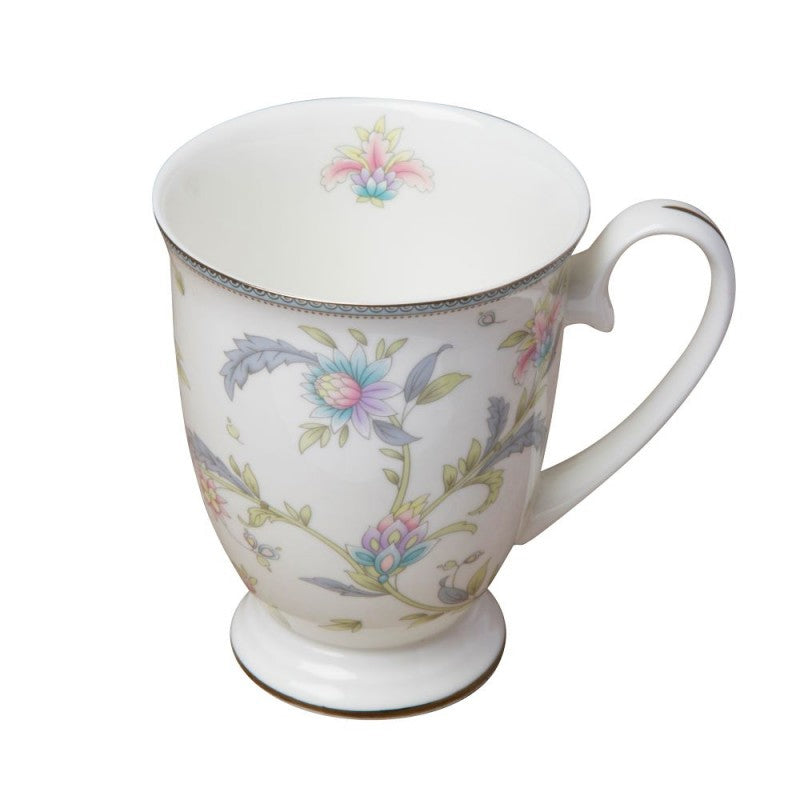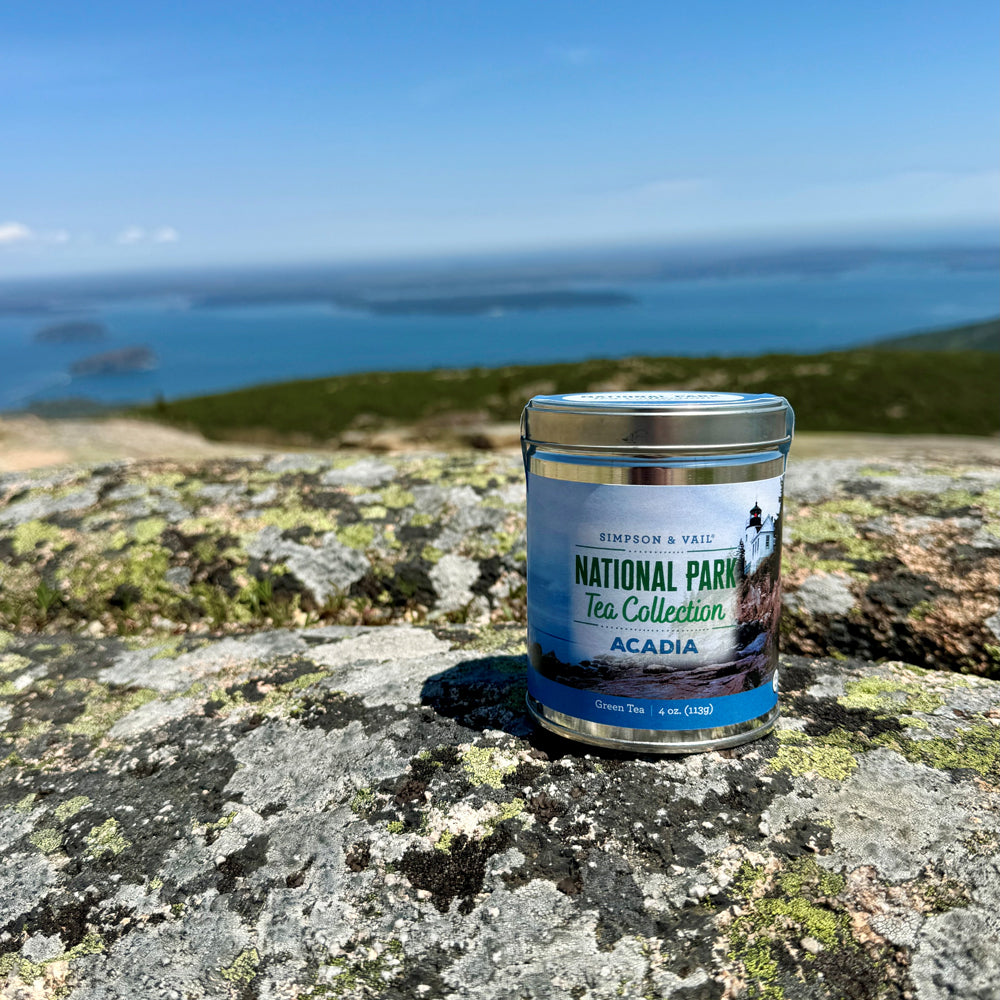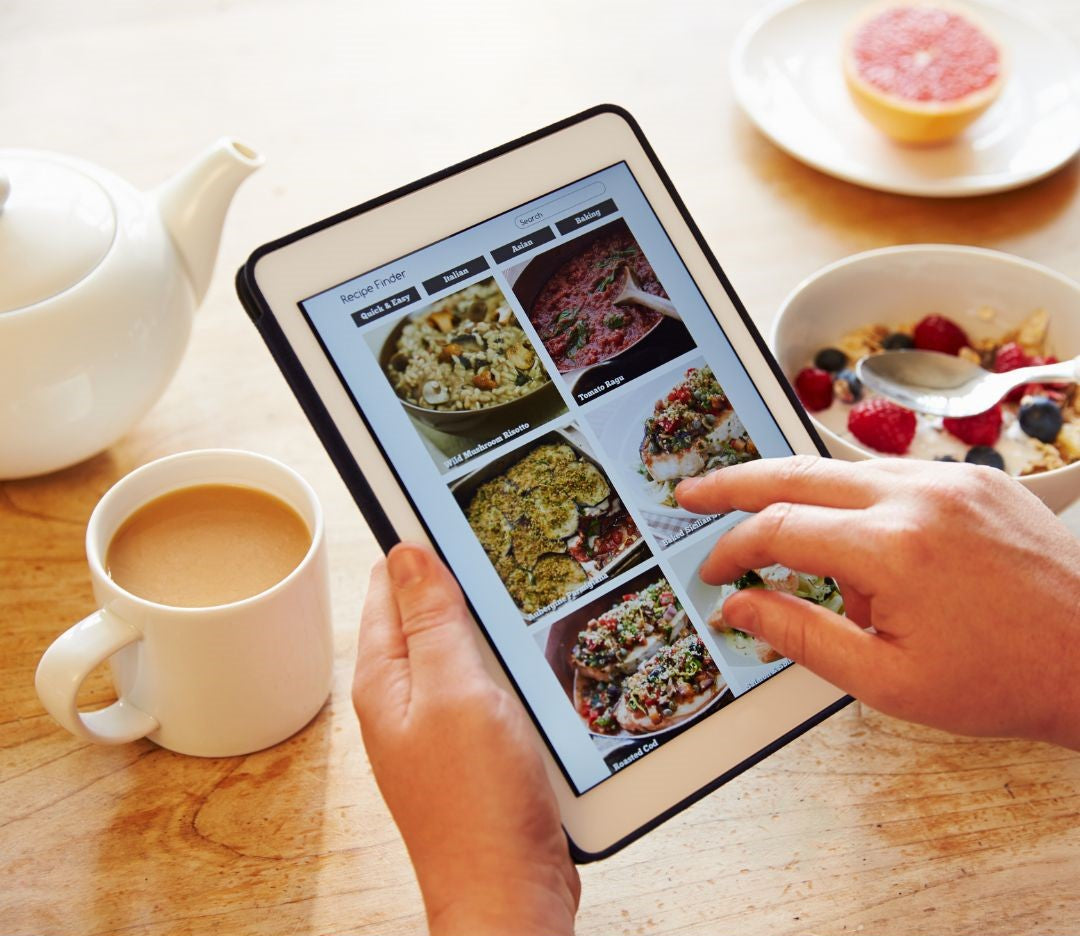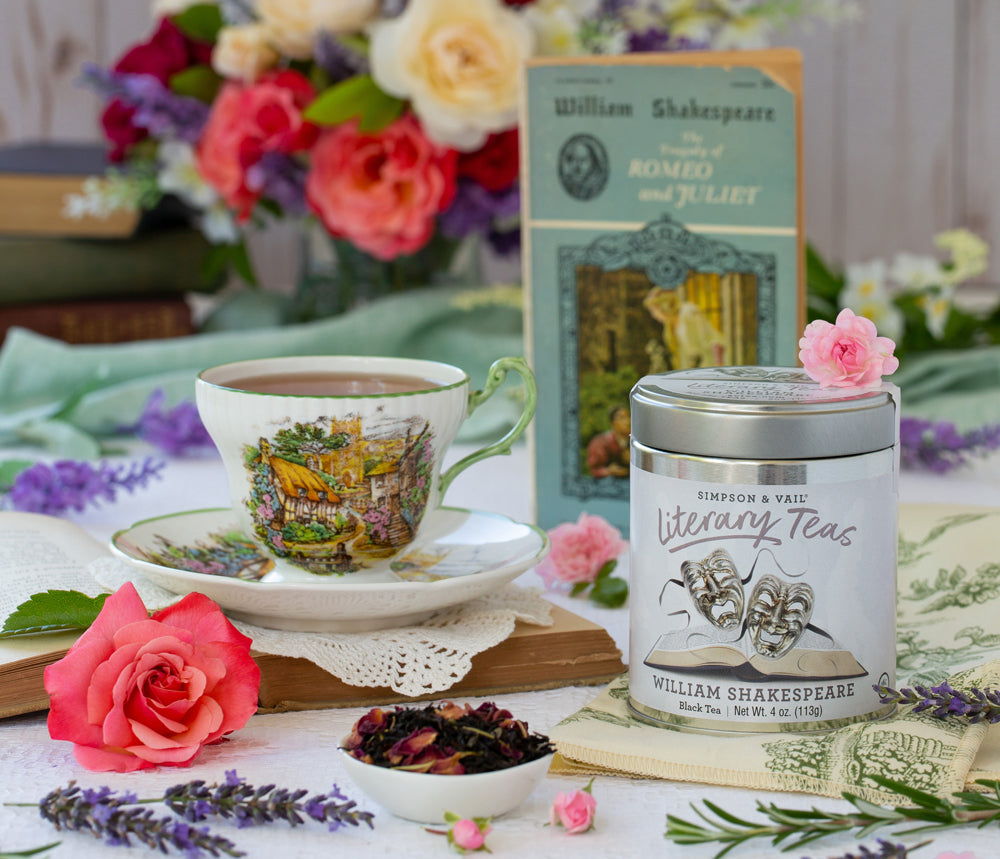Tea Information
Tea Basics:
Everything you need to know to begin your journey into the wonderful world of tea!
The word tea comes from the Chinese local Amoy dialect word t'e (pronounced "tay"). In Cantonese it became ch'a (pronounced "chah").
Legend places the introduction of tea drinking to the reign of Emperor Shen Nung about 2737 BC. The first history book (and handbook) of tea was written in 780 AD, called The Ch'a Ching, by Lu Yu.
The most widely consumed beverage in the world next to water, tea can be served hot or iced at any time and for any occasion. In the United States tea fell from favor in the late 1700’s resulting in many famous protests like the Boston Tea Party. In the 1980’s tea began to regain more presence in the American market. The US consumes mostly black tea followed in popularity by green. Oolong and white teas are still relatively small in comparison, but sales of these two types of tea continue to grow every year.
Black, Green, Oolong and White teas all come from the same plant Camellia sinensis. Differences among the four types of tea result from the various degrees of processing and the levels of oxidization. Black teas are oxidized the longest, while Oolong teas are oxidized for approximately half that time and Green and White teas are not oxidized at all. This oxidization results in natural chemical reactions that form distinguishing characteristics in aroma, taste and color. Green and White teas most closely resemble the look and chemical composition of the fresh tea leaf.
Much of the world's tea is grown around the equator region between the Tropic of Cancer and the Tropic of Capricorn. Leading tea-producing countries include China, India, Japan, Sri Lanka, Indonesia, Kenya, and Taiwan.
Tea Storage:
How our teas are packaged:
Kosher Information:








